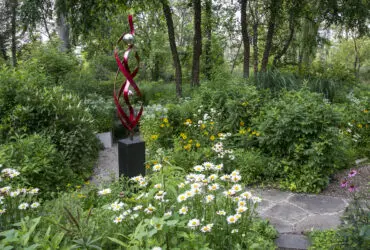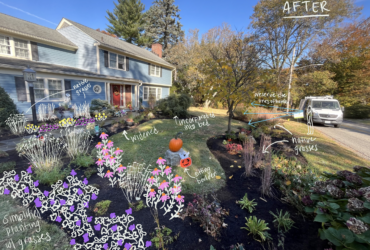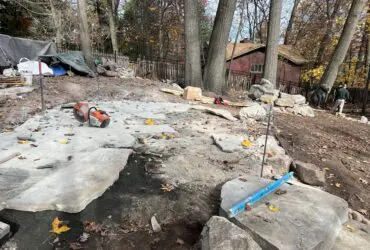Applying Doug Tallamy’s ‘Four Ecologically Crucial Things You Should Do’ to the Home Landscape
Margaret Roach of the New York Times recently interviewed legendary entomologist Doug Tallamy for her article The Four Ecologically Crucial Things You
Read More




